
My other fish tank problem is a mystery. The tank’s first inhabitants were urchins that hitchhiked in via live rock. Recently I noticed several of their spikes on the sand. Eventually, they died. Since then, most of my invertebrates (turbo snails, chocolate chip stars, hermit crabs, peppermint and cleaner shrimps) have disappeared. Yesterday, I found my 2.5-year-old Koran angel eating a serpent star along with my hippo tangs. Are these fish behind my missing inverts? If I can’t use a clean-up crew because of these fish, what do you recommend I use instead?
Mike Needham
A. There are several possibilities that could explain the behavior of your aquarium’s fluorescent light. The contacts inside the sockets or the pins on the ends of the lamp may be corroded, and you are not getting good electrical contact.
Make sure the fixture is unplugged and removed from the fish tank before proceeding. Remove the fluorescent tubes and, using a piece of fine sand paper, scrape the contacts in the fixture and the lamp pins to remove any discoloration or deposits you may find. Then replace the tubes, and make sure they are properly seated. If this does not solve the problem, another possibility (if this is a double fixture) is that one of the tubes may be faulty or improperly installed; try replacing one or both of the lamps. If after trying both these solutions the lamps still won’t light, there is a good possibility the ballast is faulty, and you will need to replace it.
As for the missing inverts, I doubt the fish you mentioned are the problem. The serpent star was most likely dead before they started on it. Have you checked for crabs or a mantis shrimp, especially a few hours after the lights are out?
The variety of organisms affected, however, leads me to suspect an aquarium water quality or chemistry problem. What is the water chemistry like? Things such as pH, ammonia and nitrite should all be measured. Without this information, it’s hard to figure out if there is a water chemistry problem.
Check the salinity, as well — this is a major factor in the health of many invertebrates. Aquarium salinity should be close to 35 parts per thousand. Many aquarium hobbyists use hydrometers to measure specific gravity (which is another way of determining salinity), but few fishkeepers are aware that these readings are affected by temperature. Unless the temperature of the tank water is the same as the temperature the hydrometer is calibrated to, readings will not reflect the true specific gravity. This is not a problem when measuring salinity directly. Check your hydrometer: There should be some indication on it or in the documentation that accompanied it about its calibration temperature.
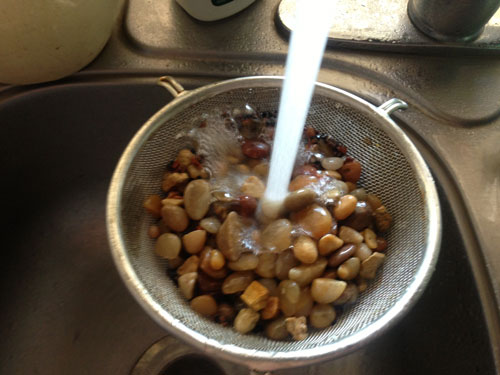 How to Get Rid of Cloudy Aquarium Water
Occasional cloudy water is an issue for nearly all aquarists
How to Get Rid of Cloudy Aquarium Water
Occasional cloudy water is an issue for nearly all aquarists
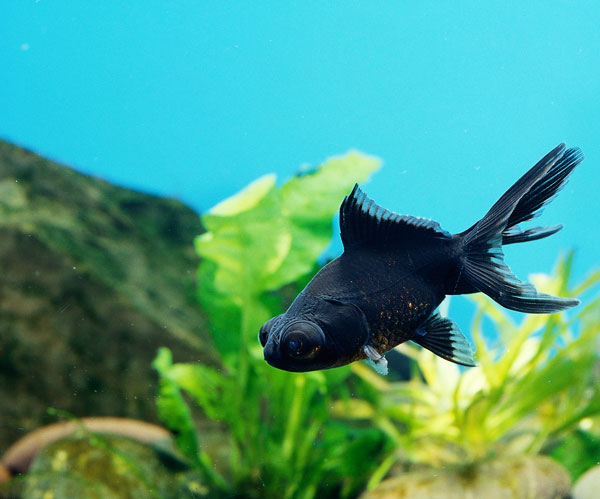 Fish and Fungus
Black Moor Q. I have two large black moor goldfish, one larg
Fish and Fungus
Black Moor Q. I have two large black moor goldfish, one larg
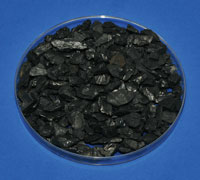 Aquarium Carbon
Whether it is for a small betta bowl, 6 million gallons
Aquarium Carbon
Whether it is for a small betta bowl, 6 million gallons
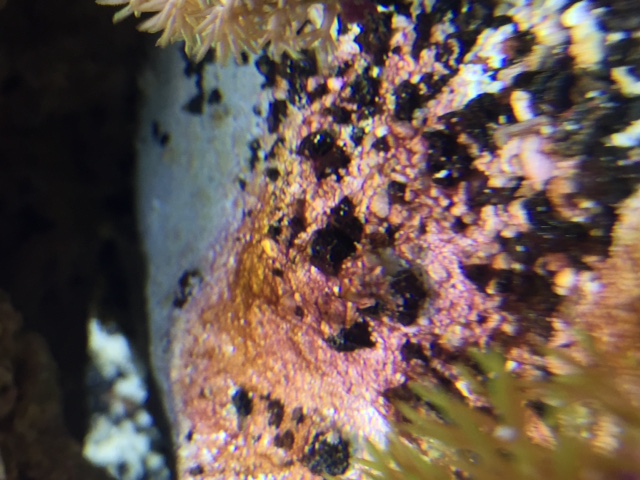 Red Algae in Marine Aquarium
Q. Ive been keeping saltwater fish for about five years, and
Red Algae in Marine Aquarium
Q. Ive been keeping saltwater fish for about five years, and
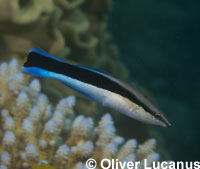 Cleaner Wrasse
Cleaner Wrasse
Copyright © 2005-2016 Pet Information All Rights Reserved
Contact us: www162date@outlook.com